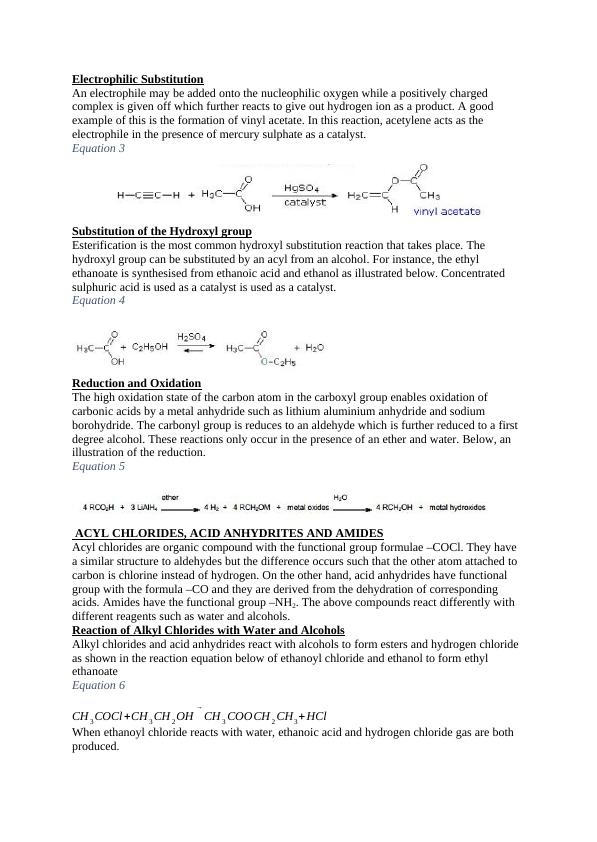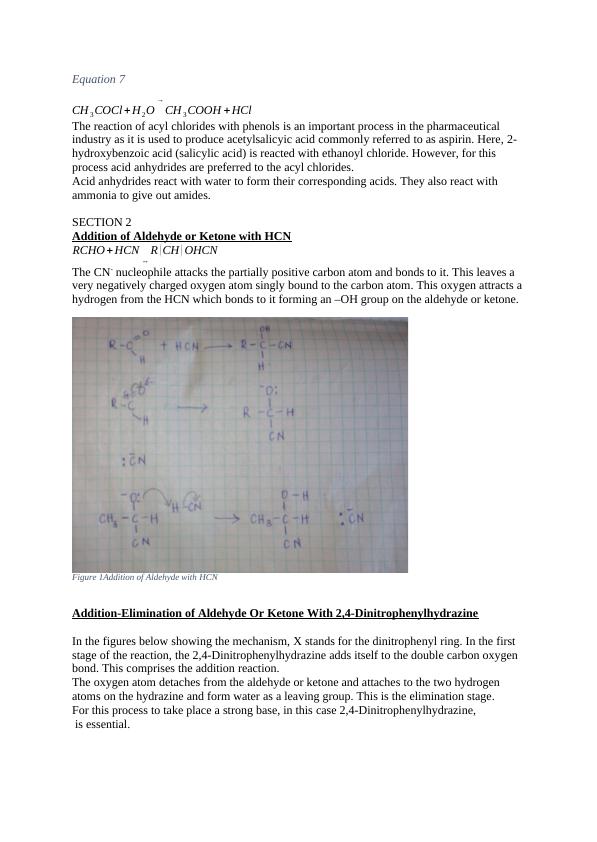Functional Group Chemistry for Designer Molecules
Preparing an instructional video and handbook for work experience students on the structure, reactions, and properties of carbonyl and non-carbonyl organic compounds.
6 Pages1563 Words1 Views
Added on 2023-01-09
About This Document
This document provides an overview of functional group chemistry for designer molecules. It covers topics such as aldehydes, ketones, reactions, oxidation, carboxylic acids, electrophilic substitution, esterification, reduction, acyl chlorides, acid anhydrides, amides, and more.
Functional Group Chemistry for Designer Molecules
Preparing an instructional video and handbook for work experience students on the structure, reactions, and properties of carbonyl and non-carbonyl organic compounds.
Added on 2023-01-09
ShareRelated Documents
End of preview
Want to access all the pages? Upload your documents or become a member.
Synthesis Maps for Primary Alcohol to Carboxylic Acid, Ethene to Halo Alkane, and Alcohol to Aldehyde Reduction, and Synthesis of Esters from Alcohol and Acyl Chloride
|4
|520
|187
Organic Chemistry Lab Reports - Desklib
|37
|5489
|304
Aromatic Hydrocarbon
|13
|1570
|352
Functional Groups in Chemistry | Properties and Structure
|5
|747
|22
Organic Chemistry Solved Assignment
|9
|1125
|378
Preparation of Phenyl Benzoate
|20
|4192
|134



